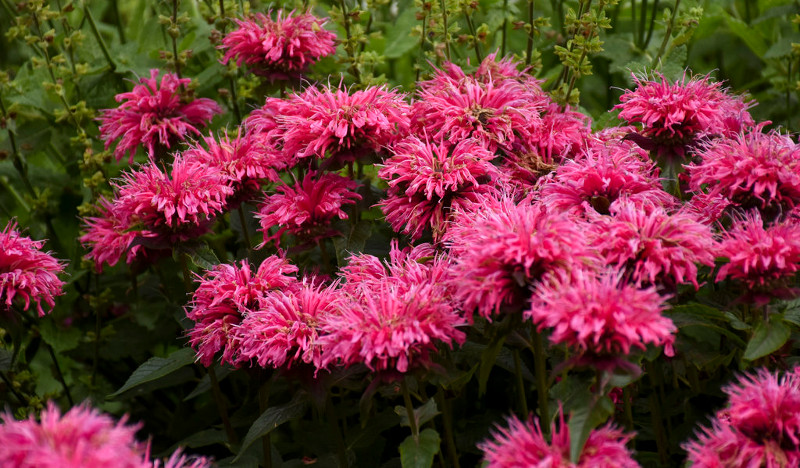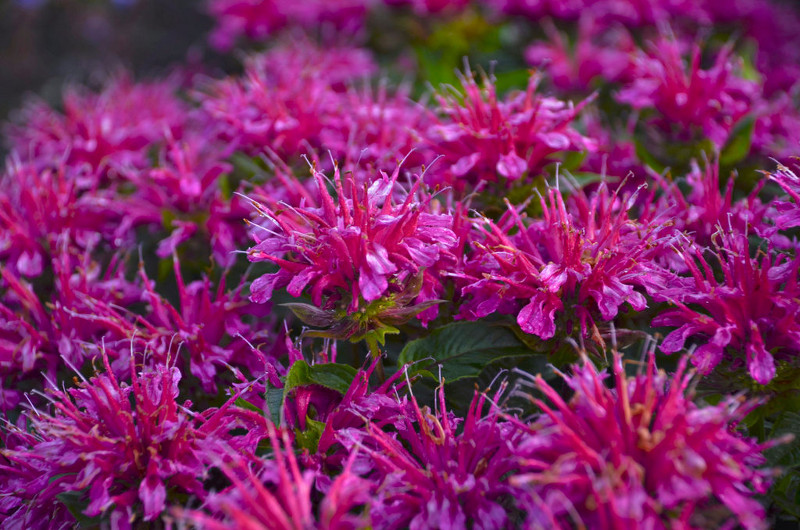Bee balm is a perennial plant in the herb family. It’s bloom time begins in July and it will continue to bloom until late summer if it is regularly deadheaded. When bee balm has finished flowering, it suspends the flowering process in order to form seeds. When you deadhead the plant, the nutrients, energy, and strength used to make new seeds generates into making more flowers instead. Deadheading is the term used for removal of wilted or dead flowers from a plant. If your goal is to encourage more blooming with bee balm, then yes, you will want to deadhead it.

When to Deadhead Bee Balm
Bee balm (Monarda) begin to bloom in July and will continue to bloom throughout late summer. To encourage bountiful clusters of flowers, you will want to deadhead the plant throughout its entire bloom time. As the flowers begin to wilt and fade, cut just above the next flower bud. Continue to cut throughout the season as needed until the stem has finished flowering. Once a stem is finished flowering, trim it back to the ground. This will help the flower to produce another blossoming stem.
How to Deadhead Bee Balm
Step 1 -Clean and Disinfect Pruning Shears
This minimizes the spread of funguses, pests, or diseases.
Step 2 - Deadhead as soon as the flowers begin to wilt and die
Cut back the flowering stem to within ¼ of a leaf or leaf bud near the top of the stem.
Step 3 - Clean up the garden area.
Rake up and compost or dispose of the removed flowers.
Step 4 - Check plants weekly for wilting clusters
Remove old flowers so its seed production does not weaken the plant.
You will want to begin deadheading your bee balm in early spring when there are just a few flowers to tend to. Spending a few minutes every couple of days snipping the plant will make the task easier. If you wait to begin deadheading until the heat of bloom time (July/August), deadheading will then become too big of a chore.
Why Do You Deadhead Bee Balm
Bee balm lose their attractive look when its flowers wilt and fade. Regular deadheading results in continuous blooming all summer long. Deadheading bee balms is done to help the plant’s health and appearance. It increases air circulation in the plant which aids in preventing powdery mildew and fungus problems. When bee balm flowers fade and wilt, the plant begins to use its energy to develop seeds. Regular deadheading channels that energy into producing more flowers and continuous blooming.

Bee Balm Deadheading Tips
- Deadhead regularly during bloom time.
- Stagger deadheading for even bloom distribution.
- Cut when flowers wilt and fade
- Cut to ¼ inch of new bud.
- Being in early spring and deadhead a few minutes every couple of days.
 |
Author Chris Link - Published 01-15-2021 |
